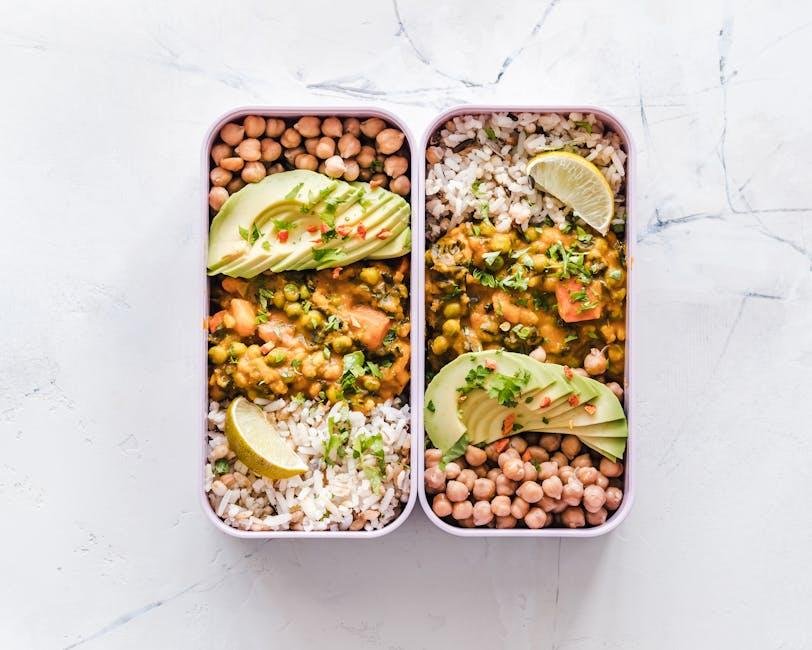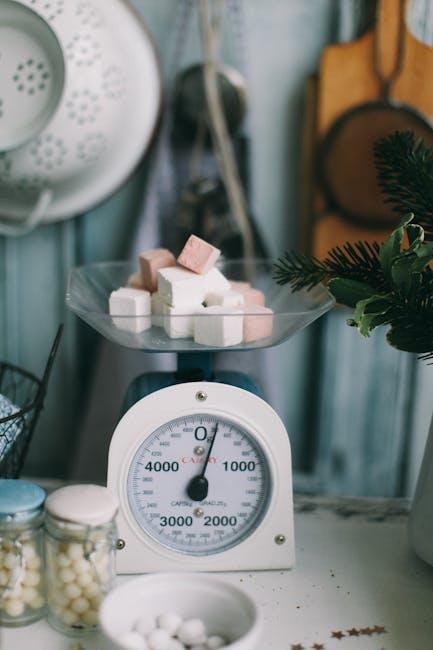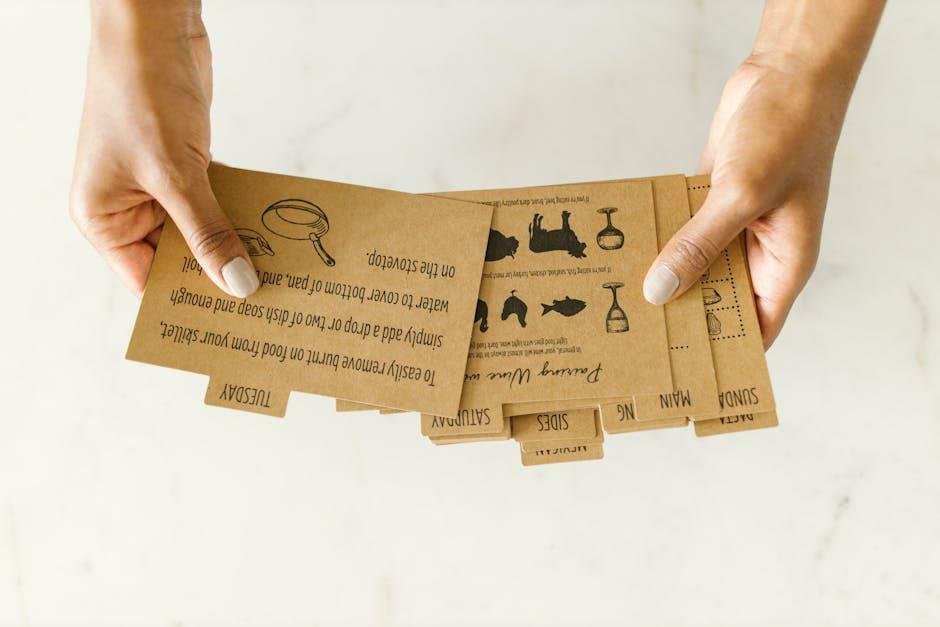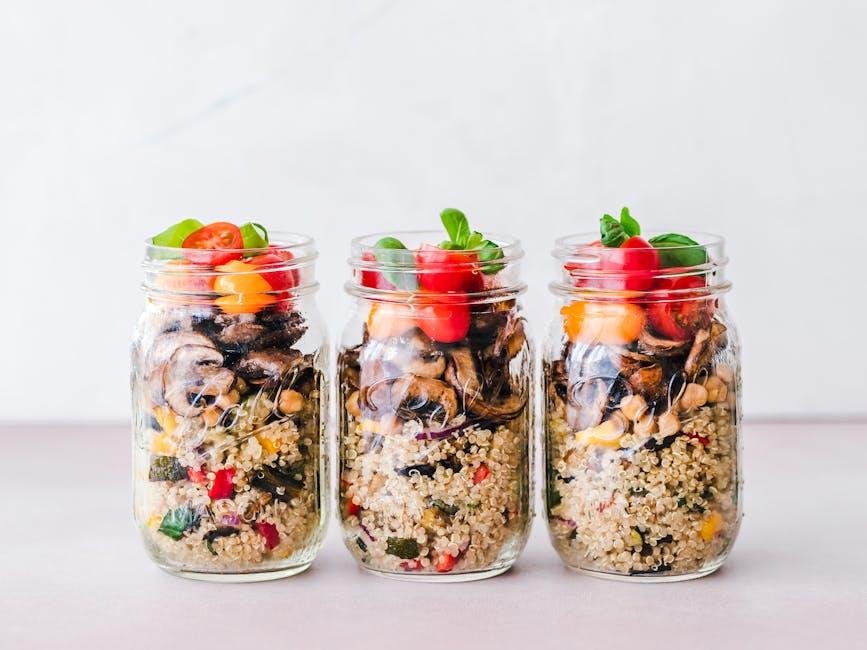In a world where time is a precious commodity and the quest for healthy eating often feels like an uphill battle, meal prepping emerges as a knight in shining armor. Imagine opening your fridge to find a symphony of colorful, ready-to-eat meals, each perfectly portioned and brimming with nutrition—no more last-minute takeout or the dreaded “what’s for dinner?” panic. Whether you’re a busy professional, a student on the go, or simply someone eager to master the art of efficient cooking, learning how to meal prep like a pro can transform your kitchen into a well-orchestrated hub of culinary creations. Join us as we explore the invaluable strategies, smart techniques, and essential tips that will elevate your meal prep game, ensuring your week is not only delicious but also stress-free. From selecting the right ingredients to mastering storage solutions, it’s time to roll up your sleeves and dive into the rewarding world of meal preparation.
Mastering the Basics of Meal Prep for Optimal efficiency
To kick off your meal prep journey, organization is key. Begin by gathering your supplies, which include containers of various sizes, a sharp knife, cutting board, and measuring cups. Designate a specific day of the week for prepping; many find Sundays to be the optimal choice. During this time,plan your meals for the upcoming week. Consider incorporating a mix of proteins, grains, and vegetables to keep your palate excited.A well-balanced approach not only enhances flavor but also ensures you meet your nutritional goals. Remember to label your containers with the meal name and the date prepared, making it easier to grab and go throughout the week.
Another crucial element of efficient meal prep is batch cooking. This method not only saves time but also minimizes waste by allowing you to use fresh ingredients effectively. Select a few versatile recipes that incorporate similar base ingredients. for example, allow chicken, quinoa, and broccoli to serve as a foundation for multiple meals. When cooked together in large batches, portioning becomes a breeze. Use a simple table to track your meal components, keeping you on target without the hassle:
| Meal | Main Protein | Grain | Vegetable |
|---|---|---|---|
| Chicken Stir-Fry | Chicken Breast | Brown Rice | Broccoli |
| Quinoa Bowl | Chickpeas | Quinoa | Spinach |
| Veggie Wrap | Tofu | Whole Wheat Tortilla | Mixed Peppers |
by adhering to these strategies, you’ll find that meal prep becomes an effortless part of your weekly routine, leaving you more time to focus on enjoying your delicious and wholesome meals.

Essential Tools and Equipment Every Home Cook Should Have
To elevate your meal prepping game, having the right tools is crucial. First on the list is a sharp chef’s knife, which not only speeds up your chopping but also enhances your precision. Pair it with a cutting board that has a non-slip surface to ensure safety while you work. A set of measuring cups and spoons will help you follow recipes to the letter or adjust flavors as needed, while mixing bowls of varying sizes facilitate everything from prepping ingredients to serving meals.Don’t forget a good quality container set for storage; opt for BPA-free options that are microwave- and dishwasher-safe to simplify the process even further.
For those who like to save time and energy, a slow cooker or instant pot can be indispensable for hands-off cooking. A spiralizer can be a fun way to incorporate more vegetables into your meals, providing a unique twist to your standard dishes. Investing in a food scale can be a game-changer for portion control and accurate measurements. maintain a well-stocked pantry with staples like grains, pasta, and canned goods to ensure you’re always ready to whip up something delicious at a moment’s notice.

crafting a Versatile Weekly Menu to Keep Meals Exciting
To keep your meals refreshing and enjoyable throughout the week, its essential to build a menu that embraces variety while considering your personal preferences and nutritional goals.Start by selecting a few protein sources that you can rotate, such as chicken, tofu, fish, or legumes. Combine these proteins with different grains like quinoa, brown rice, or whole wheat pasta and add a colorful array of seasonal vegetables to create vibrant, nutrient-packed dishes. By changing the preparation styles—grilled, roasted, steamed, or stir-fried—you can recreate the same ingredients in exciting ways. Don’t forget to incorporate various sauces and spices to elevate the flavors.
Create your weekly menu by envisioning different themes for each day. for example, you could designate Meatless Monday, Taco Tuesday, or Stir-Fry Wednesday to make meal prep more inspired. You might also want to draft a simple table outlining your meals for quick reference:
| Day | Main Dish | Side | Dressing/ Sauce |
|---|---|---|---|
| Monday | Vegetarian Chili | Cornbread | Avocado Lime Dressing |
| Tuesday | Fish Tacos | Cabbage Slaw | Mango Salsa |
| Wednesday | Beef Stir-Fry | Brown Rice | Teriyaki sauce |
| Thursday | Pesto Pasta | Mixed Greens | balsamic Vinaigrette |
| Friday | Stuffed Peppers | Garlic Bread | Tomato Sauce |
This structure not only saves you time when planning meals but also ensures that you enjoy a diverse range of flavors throughout the week. Keep a few essential pantry staples on hand, such as canned beans, nut butter, and a mix of herbs, to stir in whenever you’re in need of a little extra inspiration. Experiment with cooking methods and ingredient pairings, and your taste buds will thank you for the culinary adventure!

Storing and Preserving Your Prepped Meals for Maximum Freshness
To ensure your prepped meals stay fresh and flavorful, proper storage is essential. Start by choosing the right containers; opt for BPA-free plastic or glass options that are airtight to prevent moisture and air exposure. Consider investing in vacuum-sealed bags for long-term storage—these can substantially extend the shelf life of your meals. Label each container with the contents and date, allowing you to keep track of freshness.When stacking containers, remember to place the oldest meals on top to encourage consumption before they spoil.
Additionally, portioning your meals can make it easier to store and reheat them without losing quality. use meal prep guidelines for optimal results:
- Keep protein sources separate from thier sides to retain texture.
- Utilize freezer-pleasant containers for meals that won’t be consumed within a few days.
- Store sauces and dressings in individual containers to prevent sogginess.
Here’s a quick reference table for meal storage guidelines:
| Meal Type | Fridge Storage | Freezer Storage |
|---|---|---|
| Cooked Grains | 3-5 days | 1 month |
| Cooked Proteins | 3-4 days | 3-6 months |
| vegetable Sides | 3-5 days | 2-3 months |
| Soups & Stews | 3-4 days | 2-3 months |
in Conclusion
As we wrap up our journey into the world of meal prep, remember that the key to success lies not just in the techniques you adopt, but in the mindset you cultivate. Meal prepping is more than an organizational task; it’s a commitment to your health, your time, and ultimately, your wellbeing. By embracing this approach, you’re not only setting yourself up for culinary success but also reclaiming precious moments in your busy life.
So, whether you’re a novice taking your first steps or a seasoned prepper looking to refine your process, take these strategies and make them your own. Infuse your personality into your meals, experiment with flavors, and don’t shy away from adjusting recipes to fit your tastes and dietary needs.
With a little planning and creativity, you can turn the act of meal prepping into a rewarding routine that keeps you nourished and inspired all week long.So grab your containers, unleash your inner chef, and prepare to enjoy the benefits of meal prep like a pro. Happy cooking!
